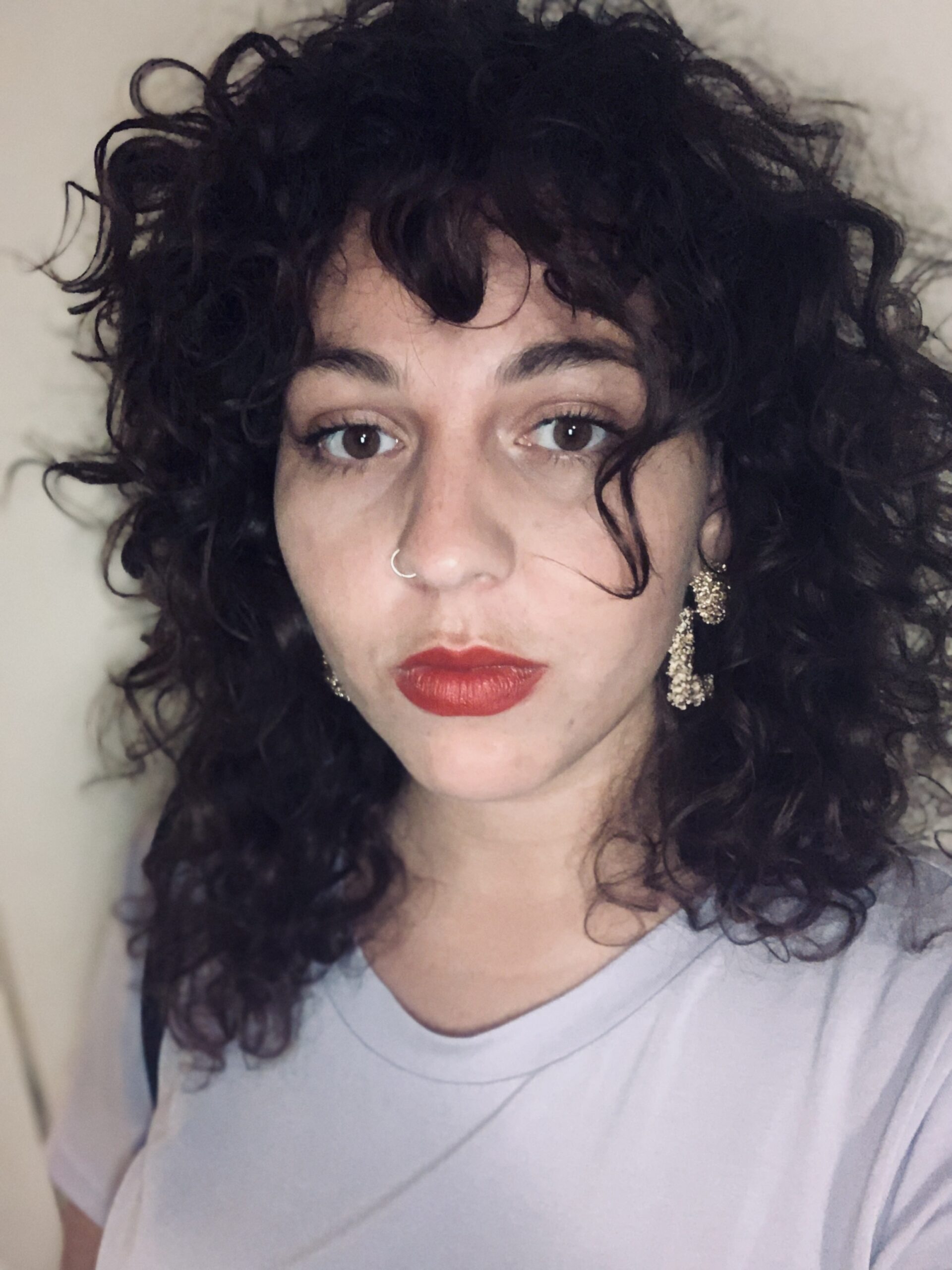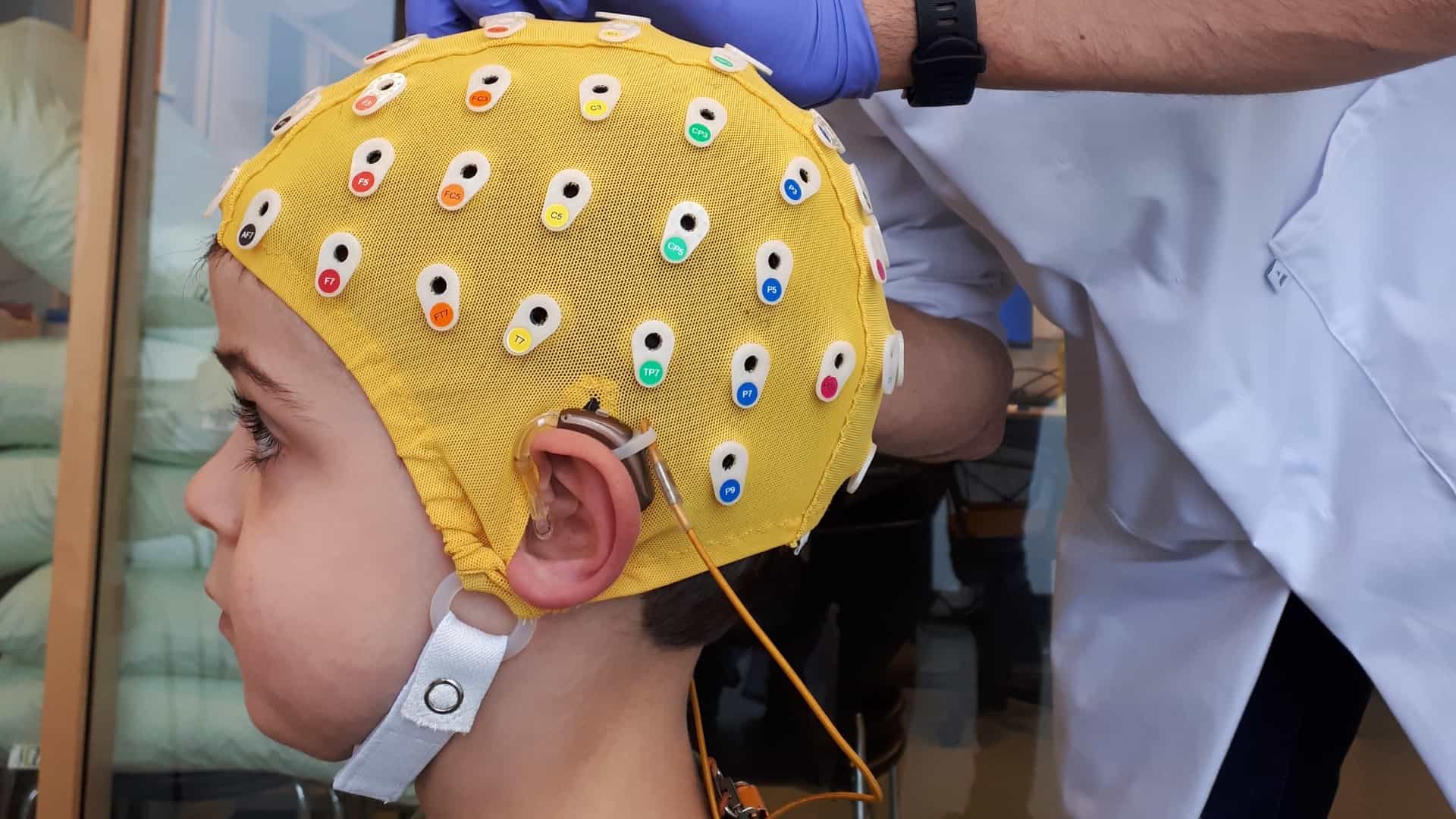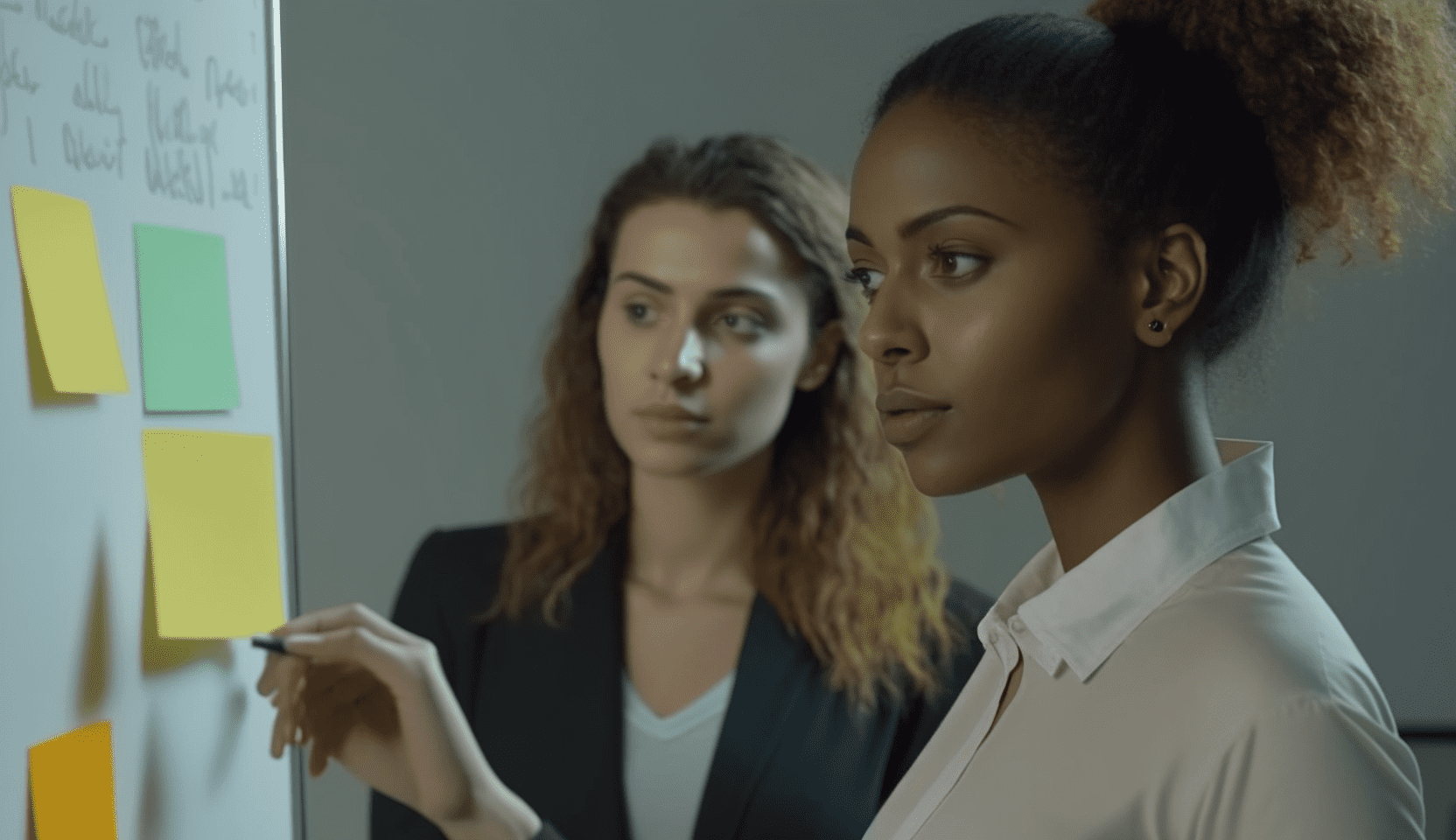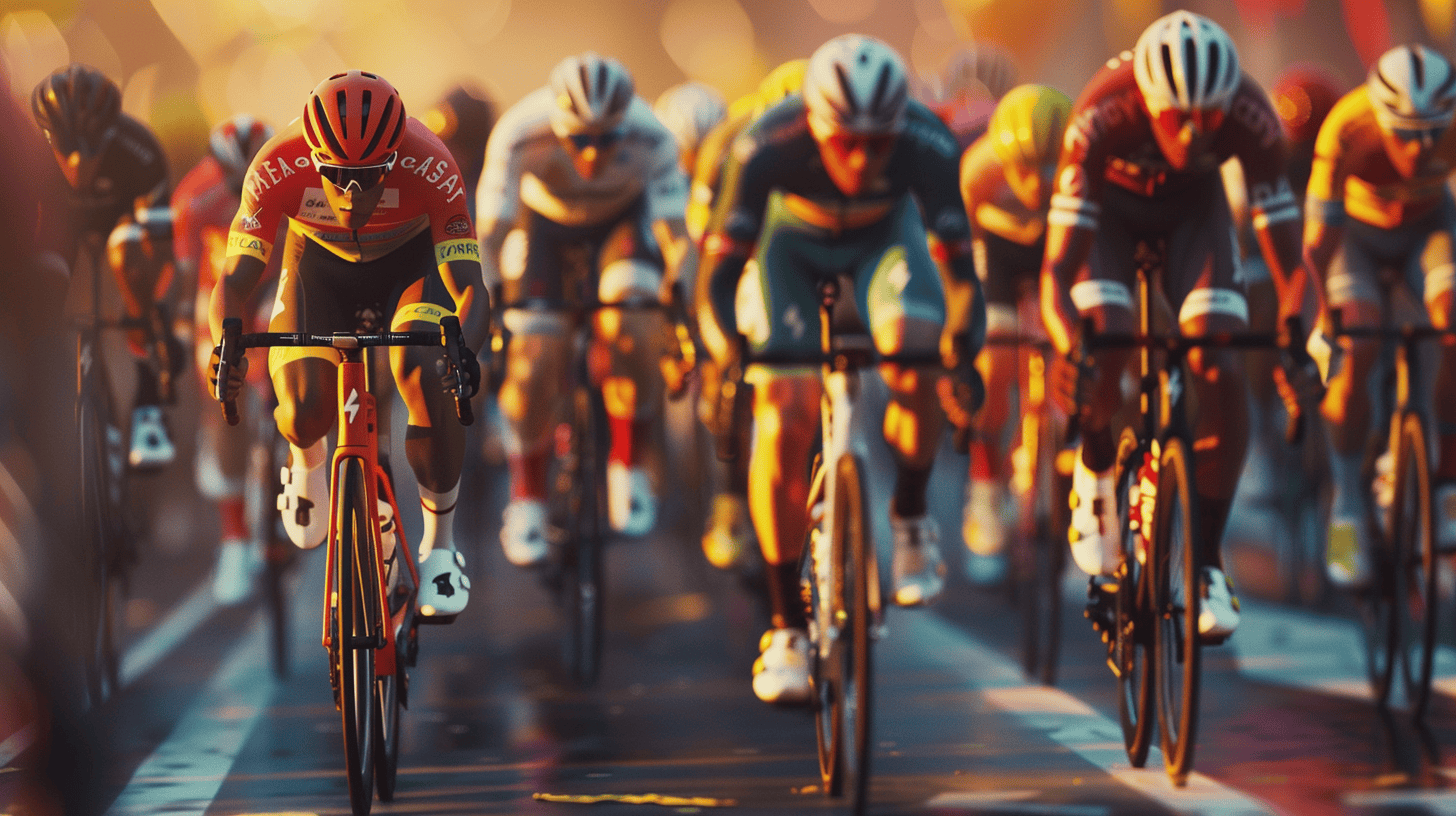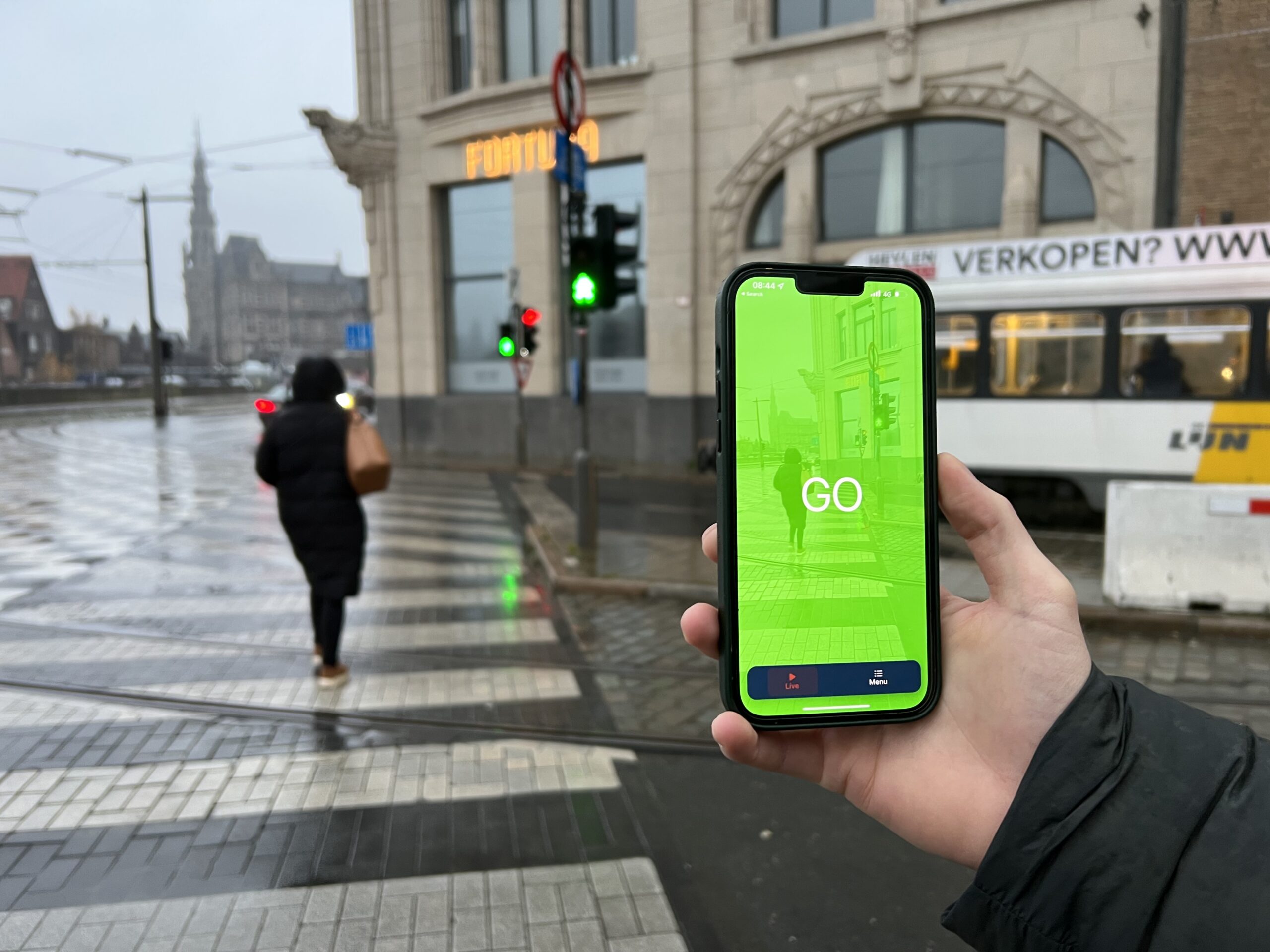
About AYES
- Founders: Michiel Janssen, Vincent Janssen and Willem Van de Mierop
- Founded in: Antwerpen, 2021
- Employees: 3
- Money raised: €100,000 via business angels
- Ultimate goal: To increase the level of independence of the blind and visually impaired.
To help a visually impaired friend, three Antwerp AI engineers developed the free app OKO. A mobile ticker which makes navigating through traffic safer for blind and visually impaired people with iPhones. AYES‘ co-founder Willem van de Mierop talks about the most recent developments.
A mobile ticker app, why?
“A friend of ours, Bram, is blind in one eye and visually impaired in the other. He explained how difficult navigating through traffic is; nowhere near all traffic lights have a ticker (the ticking sound emitted by some traffic lights that signifies whether the lights are red or green). In Antwerp, in fact, only 40 percent of traffic lights have a ticker. And to reduce noise pollution, the ticker is sometimes turned off at night.”
Also interesting: Acoustic virtual reality-based game helps blind people to orient
Is that app safe to use in traffic?
“When downloading the app from the Apple Store, the user must first run through the tutorial. By the way, most blind and visually impaired people are very independent. They know how to get to places and also where an intersection or crosswalk is approximately. Once there, they can take their mobile phone out of their pocket and point it in the direction of the traffic light. This might be awkward at first, but people quickly get used to it. Using AI, we convert the image into sound and vibration signals. This allows the app user to know exactly where the traffic light or crosswalk is and whether it is safe to cross. The app is AI-enabled. We built an algorithm by inputting tens of thousands of images of traffic lights in different weather conditions in a variety of locations so that the app recognizes the (changing) traffic lights in all conditions. The app is constantly learning every day. We don’t store the app user’s automatic data, we only do that if the app user is willing to collaborate on it.”
Doesn’t the app drain a lot of battery power?
“Developing the technology so that the data from the app fits onto the chip was a bigger concern. We have now managed to do that. The app now uses about as much as a regular navigation program such as Google Maps. In the early days of AYES, we focused a lot on hardware. But we wanted to make our product something that would be accessible to everyone, and then it had to be cheap and scalable as well. So, we got to working with software instead. By doing this, we are keeping the option open to sell our software in the future to companies that focus entirely on hardware.”
So your app is now available to everyone?
“Yes, recently we went online with our app in the Benelux. Within a month and a half, we’ve already had more than 820 downloads. We are not active in America yet because traffic lights are different there. For the time being, the app is free, and we would really like to keep it that way. We are in talks with cities and health insurance companies about getting the app covered by insurance. The Belgian government wants to make cities fully accessible, but building a new infrastructure takes a lot of time. We can be a cheap solution until such time that a new infrastructure is in place.”
Are there any other plans for the future?
“We are now looking at how we can use AI to recognize bus routes. Many blind and visually impaired people depend on the bus driver or bystanders to know if they are getting on the right bus. Sometimes they are already on the bus when they find out it is the wrong one. That costs them a lot of time. Now, with corona, that problem is amplified because boarding at the front of a bus is often no longer allowed and that door stays closed. Another important feature we are working on is making the app available for Android phones. That’s a bit more complicated than with iPhones because you have to deal with different kinds of cameras and software.”


